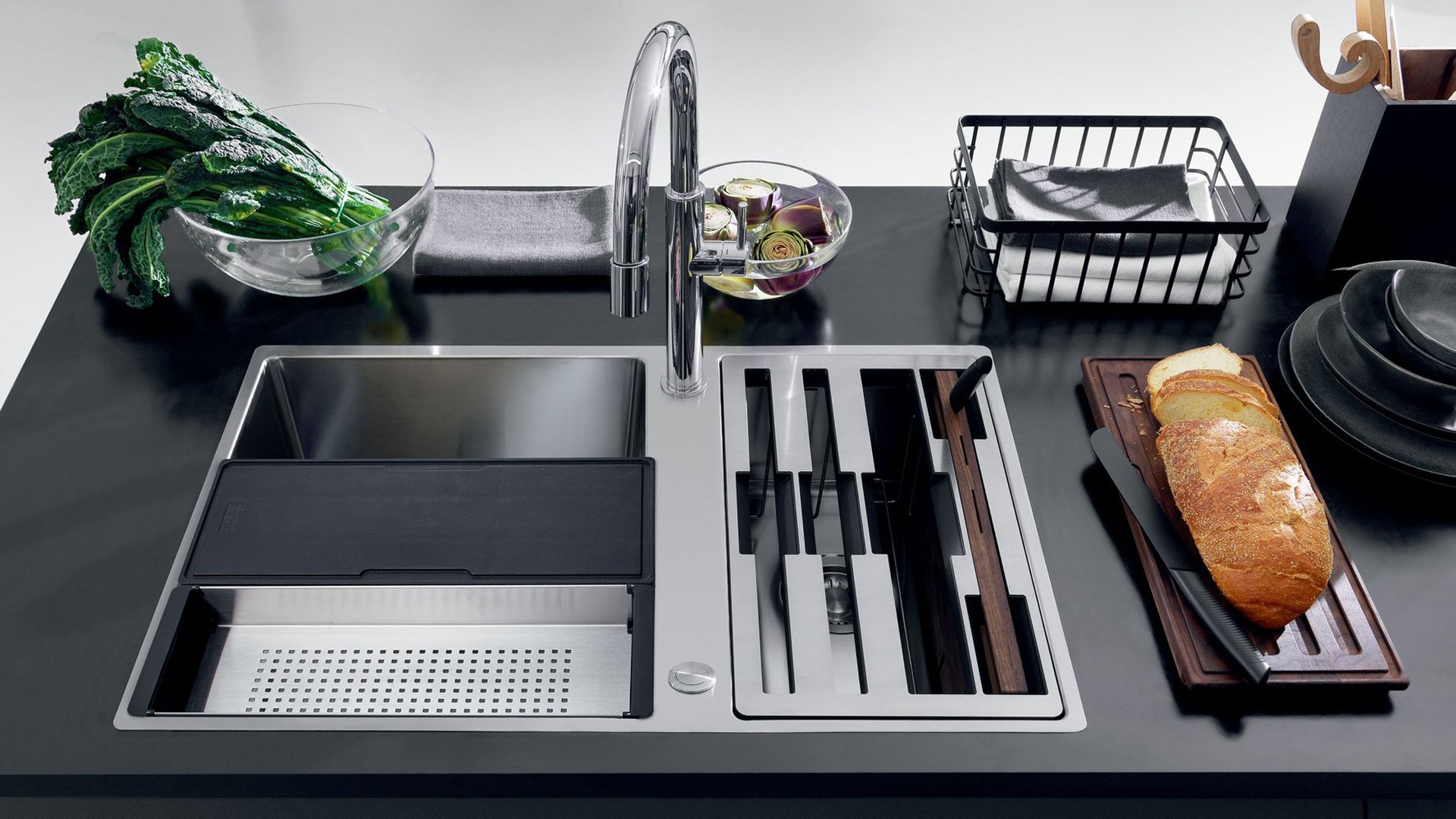6/11/2021
One of the elements to be considered among the priorities when choosing a kitchen is the sink. It is essential that it is functional, comfortable and resistant. There are many materials, many types and shapes and they have different methods of recessing in the top.
It is therefore necessary to understand the difference in each of the aspects listed above to identify the ideal sink.
The material of the sink, strengths and weaknesses
Currently on the market there are sinks in stainless steel, stone, fragranite, ceramic.
Let's start by examining the most common one, namely:
The stainless steel sink
If you want to go without fail both from an aesthetic and functional point of view, the steel sink is a must, mostly used also for its low price.
Whether it has a glossy, satin or brushed finish, this material (recyclable among other things) is very resistant and above all guarantees maximum hygiene because it does not retain dirt.
Despite this, it requires constant cleaning or, at least, it must be dried every time it is used to prevent drops of water from forming the famous unsightly limestone halos, immediately visible on this type of surface.
It is also not recommended to use corrosive products that can oxidize it frequently.
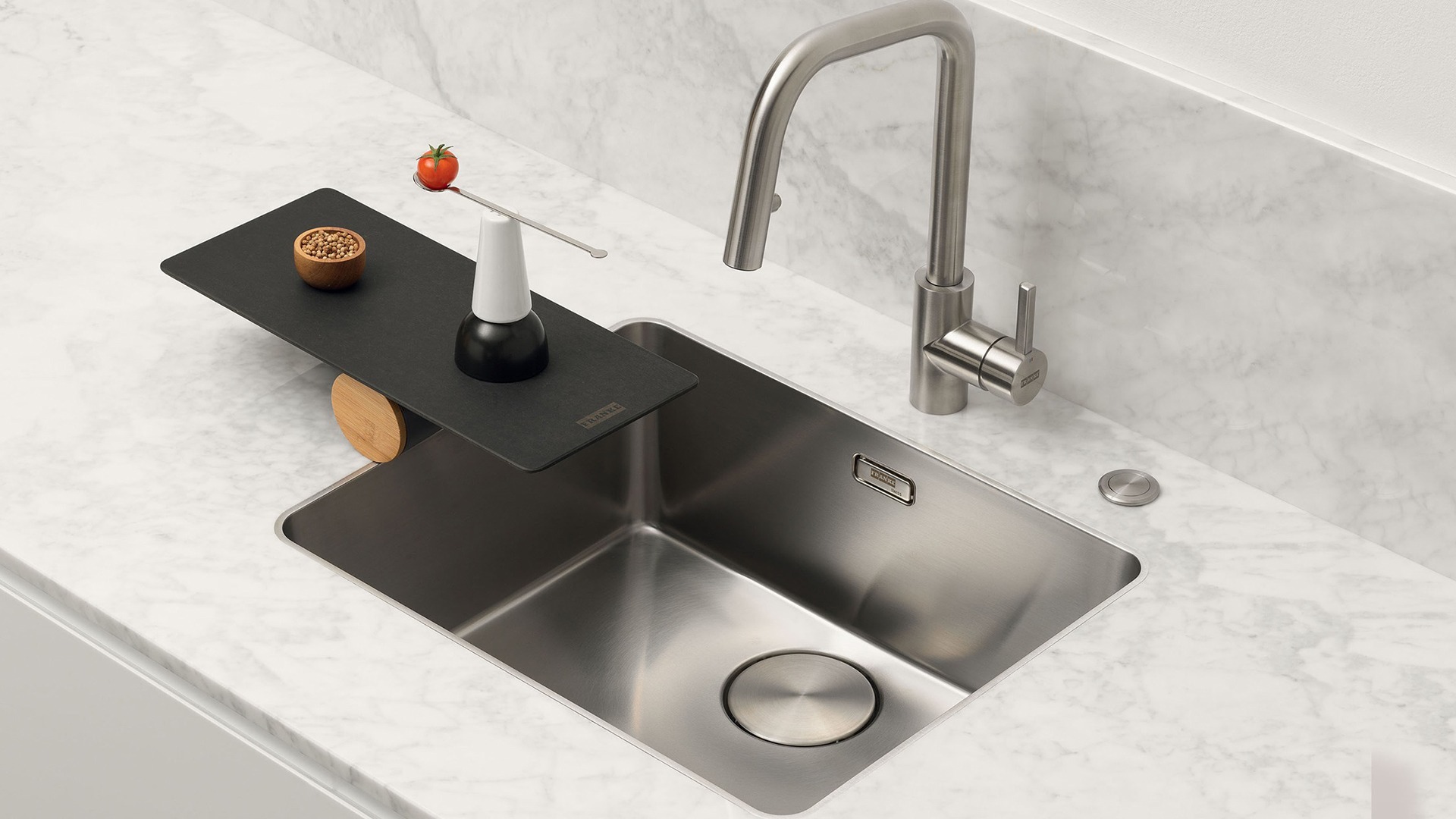
The sink in Fragranite (and similar)
An excellent alternative to the stainless steel sink, over the years Fragranite sinks have enjoyed great success thanks also to the finish that is pleasant to the touch and the vast availability of colors and shapes.
This particular material (made by Franke, a leading company in the sector, and more expensive than steel) is mostly composed of micro particles and natural granite dust.
It is very resistant to scratches and heat but still needs some precautions to avoid damaging it, in fact it cannot be subjected to thermal shock and therefore it is not possible to place hot pots and needs careful cleaning to avoid the unpleasant limescale that occurs. it also deposits on this surface. In this regard, it is recommended to use a soft cloth to always dry the sink after use in order to avoid abrasions.
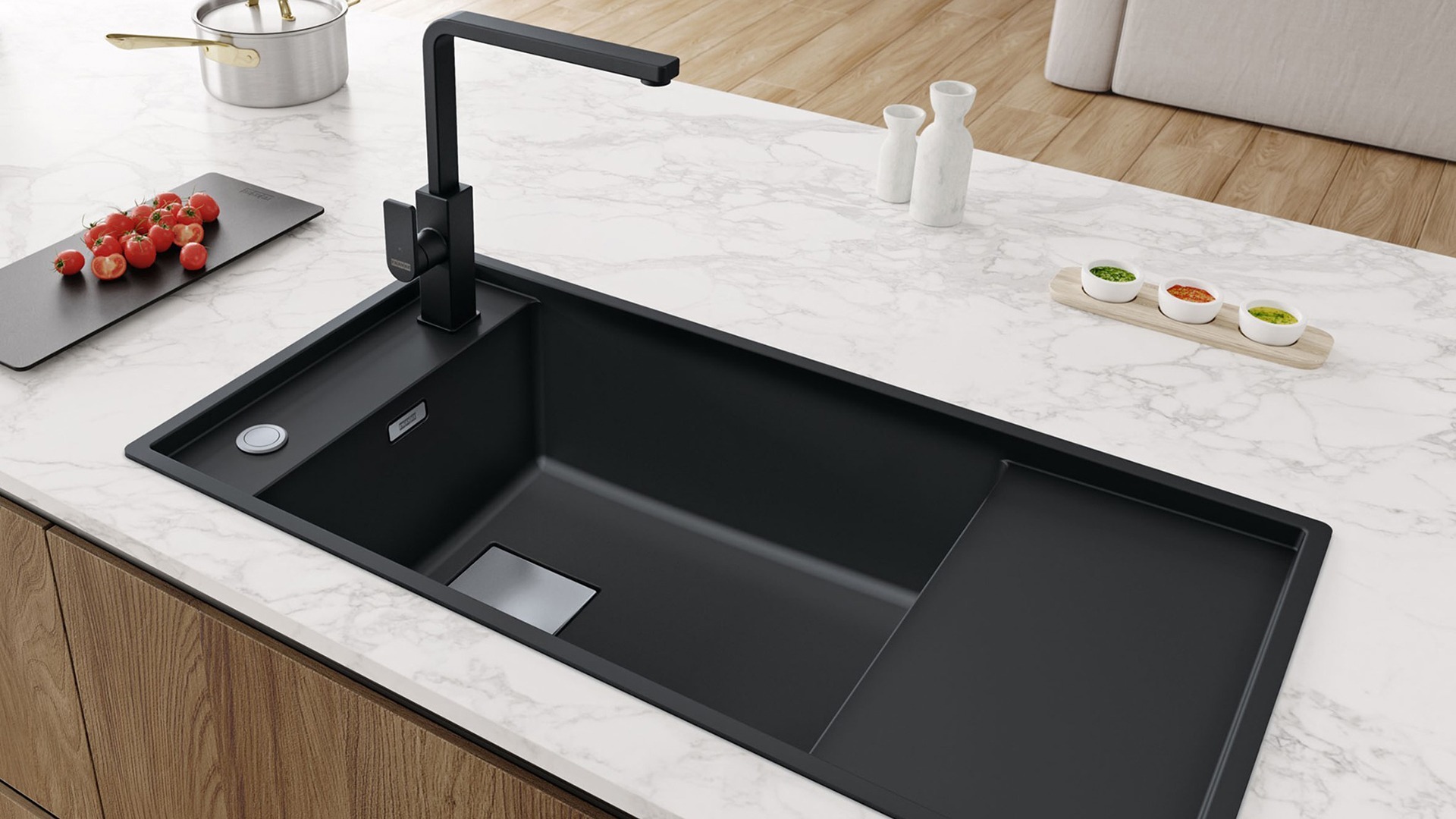
The sink in natural stone or granite
An element of value and elegance in the kitchen is certainly the stone sink. The aesthetic impact is certainly unparalleled, especially thanks to the possibility of integrating the sink with the worktop of the same material.
However, the natural beauty of materials such as stone and granite pay a high price in terms of delicacy, despite the considerable resistance to shocks, and in terms of cleaning and maintenance due to the porosity that retains dirt, a problem that must be solved with water-repellent treatments on the surface.
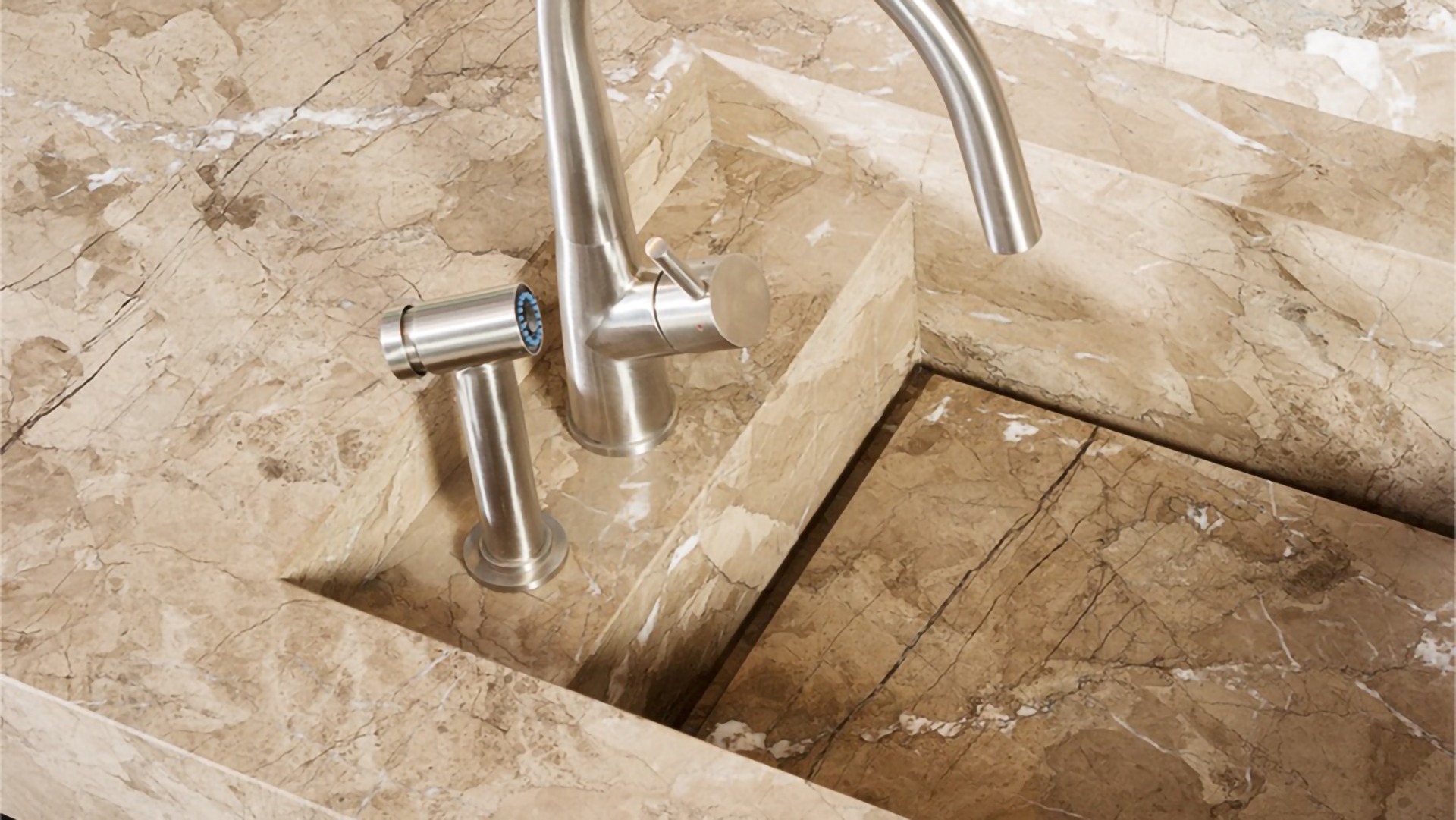
Ceramic kitchen sink
A classic still present in many kitchens is the ceramic sink, easy to clean, does not retain dirt ensuring perfect hygiene. You have to pay close attention to any bumps that could chip it.
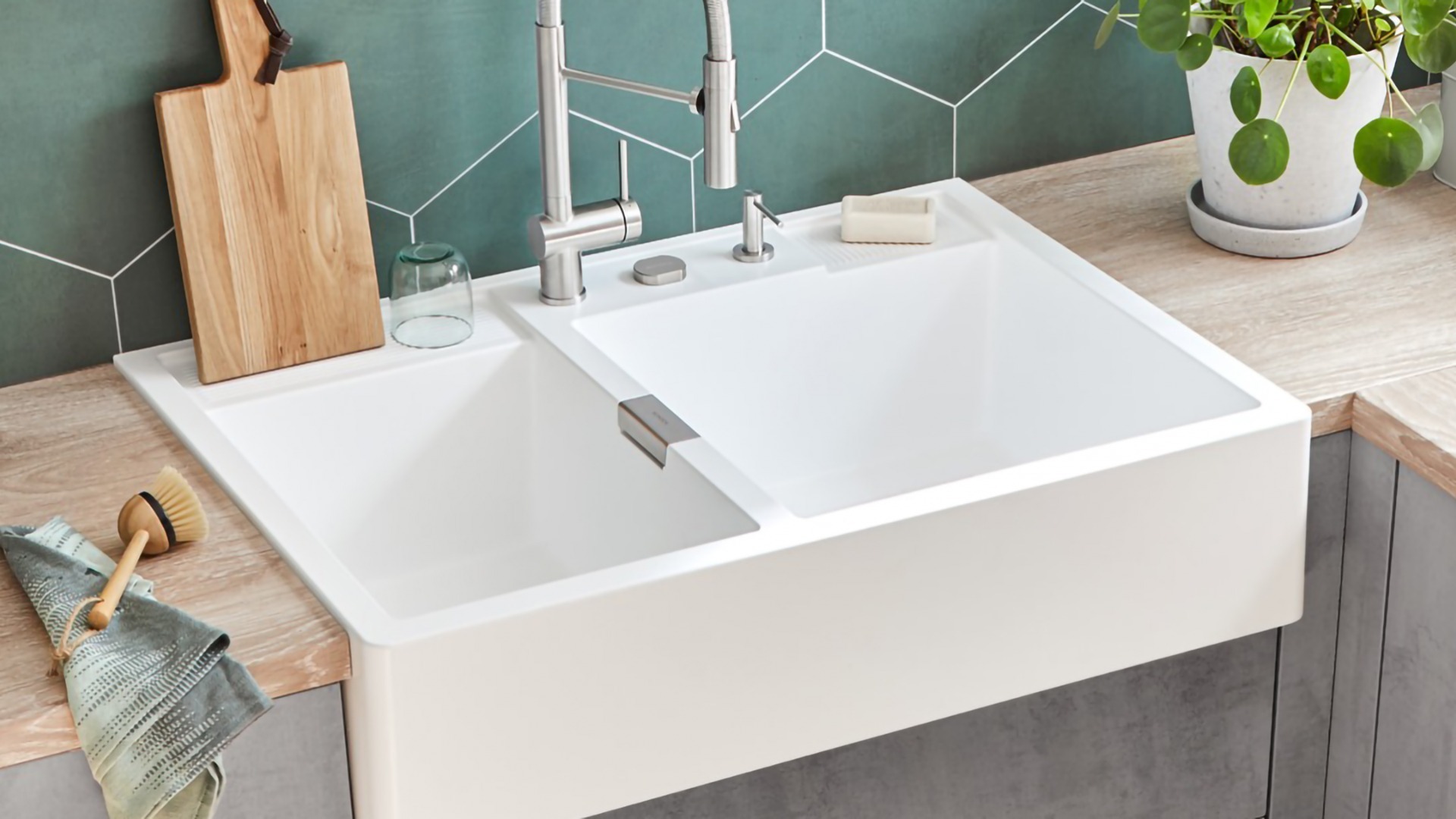
Shapes and sizes of the ideal sink
Obviously, according to the needs of both space and habits, everyone chooses the most comfortable solution for their needs.
The questions to ask in this case are the following: a tub or two? With drip or without?
If there is no dishwasher, the sink with two bowls is certainly more convenient so as to allow the two phases to be carried out separately: washing and rinsing. In the absence of space on the market today there are many sizes that offer the possibility of installing a sink with a single basin but larger than the standard one.
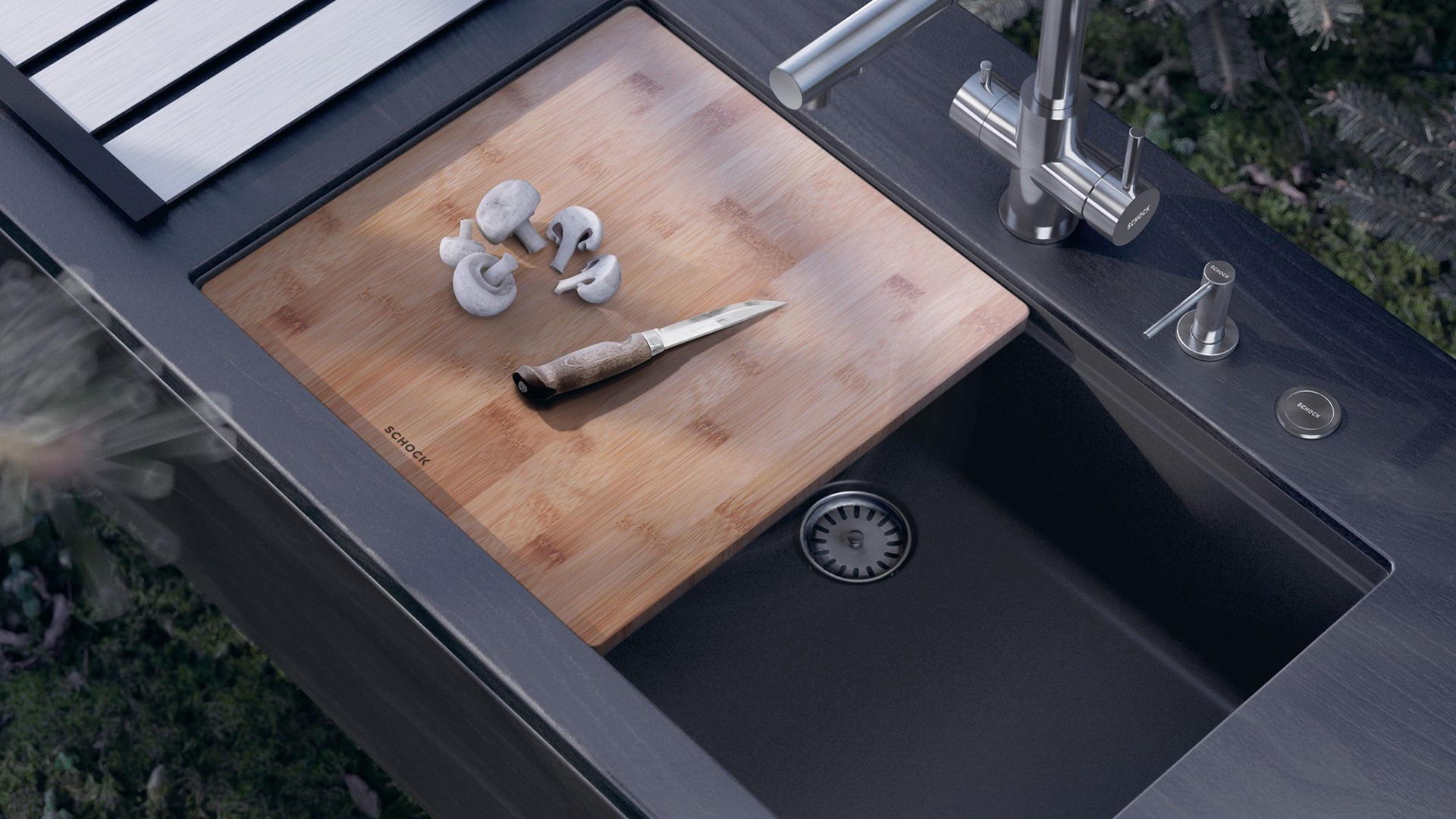
In the absence of a suspended drip tray, inside the kitchen cabinets it is necessary to opt for a sink with attached drip tray.
To date, there are many innovations in the field and the need for versatility and customization has given rise to new components. This is how some space-saving solutions offer the possibility of adding elements such as grids to be placed on the sink instead of the fixed dripstone built into the top.
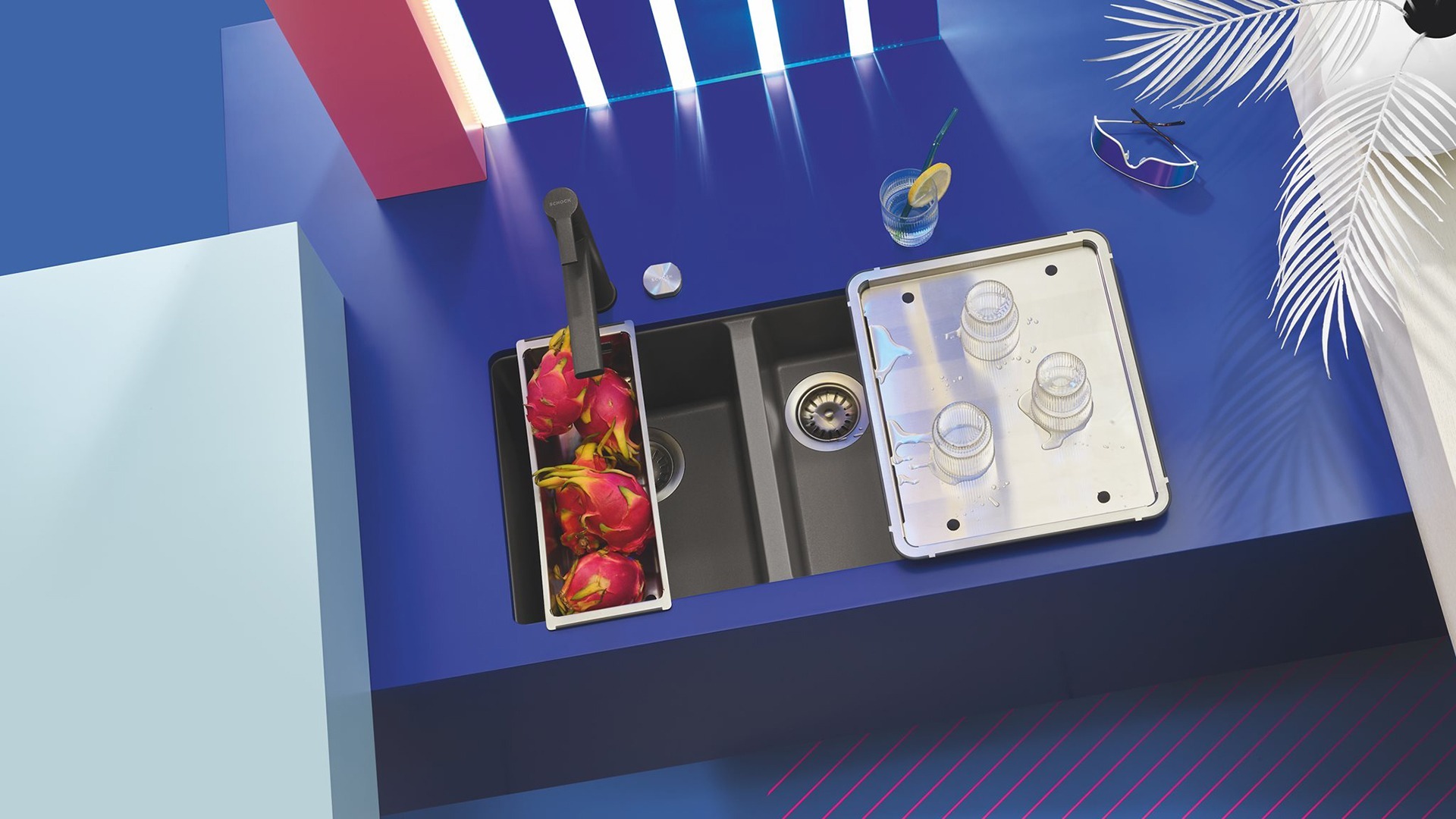
Still in terms of practicality and with an eye to modularity, we find various accessories to take advantage of the space of the sink if you do not have a large worktop, and here we find cutting boards, colanders suspended on the tub and many other options. to also exploit the space occupied by the sink and offer maximum versatility
